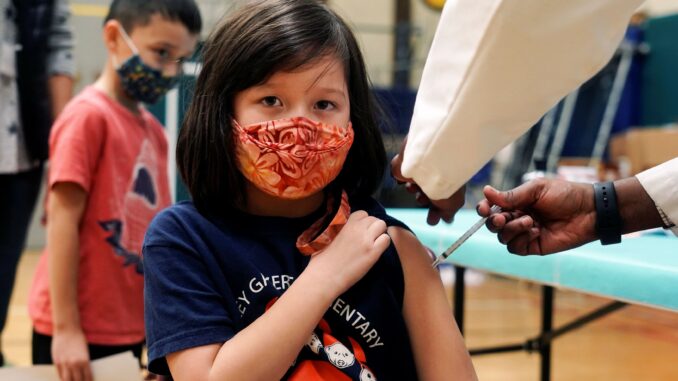

By – Alexandra Lakkotrypis
Toronto – When the COVID-19 pandemic took over the world, it had us in a constant state of suspense when it came to vaccines, the people needed them fast as it racked up 5.26 million deaths across the globe to date. Once vaccines were available, misinformation about them seemed to have spread like wildfire, especially over social media, where it can reach millions, if not billions, of people. The Cureus Journal of Medical Science did a study to see the amount of misinformation that comes from the popular social media platform, Twitter. The journal examined 673 tweets under 14 different trending hashtags about COVID-19. 24.8% of tweets, 1 in 4, had to do with misinformation surrounding COVID and the vaccines. The tweets were mostly made by unverified accounts but 12.6% of the tweets came from verified accounts, like celebrities, politicians, and people of influence.
While that study only highlights Twitter, misinformation of course spreads throughout other services, like Facebook and Instagram for example. A study at the University of Oxford examined a sample of 225 pieces of misinformation deemed false or misleading by fact-checkers, between January and March of 2020.
“In terms of formats, most (59%) of the misinformation in our sample involves various forms of reconfiguration, where existing and often true information is spun, twisted, recontextualized, or reworked. Less misinformation (38%) was completely fabricated.”
In their findings, 20% of misinformation claims came from politicians, celebrities, and other public figures. Misinformation and false claims surrounding the actions and/or policies of public authorities, counting international organizations like the UN, and the government, were the largest category of false claims at 39% of the sample. When it came to social media platforms, most have already taken action against these claims, either deleting them off the site or adding warnings to them. Of the claims that came without warning and are still posted, Twitter had 59% of posts rated as false, with Youtube at 27%, and Facebook at 24%.
When it comes to age groups and misinformation, the Ontario Medical Association shows that some age groups can be more susceptible to believing misinformation, and that age groups actually believe in different theories. Online, the OMA found that almost six percent of Ontarians spread misinformation about COVID and a big majority are men and women between the ages of 55-64. The OMA found these age groups are the most active online when it comes to all COVID hoax topics, men at 52% and women at 48%, so not that far from each other. The OMA explains that men seem to talk about how COVID is used by the government to further their own interests, while women tend to speak more on how the government actually made COVID, why vaccines should be feared, and focusing on variants of the virus. The OMA does state both men and women in the 55-64 age group believe the misinformation they spread and it is unclear why they spread so much of it online.
Another OMA study actually listed which age group was more concerned with which misinformation about the vaccine. The full link is here.
In Summary:
Under 25: This group tends to have doubts about the vaccine on social media, focusing on how dangerous they believe it to be. They seem to be more aggressive about their views when questioned on them. While the ones in the age group who are open to the vaccine, are not so keen on the government measures, which sways them.
Ages 25-34: The conspiracy that seems to be most commonly believed amongst this age group is that COVID is genetically engineered, thus leaving the vaccine untrustworthy. They are a more outspoken group on their beliefs.
Ages 35-44: The OMA states that this group seems to be the most accepting of the vaccine, and is not responsible for as much misinformation online. They do seem to be unhappy with how the government rolled out the vaccines and shut them down over the holidays. They speak on vaccine safety and how public health campaigns are needed to address vaccine uncertainty.
Ages 45-65: This age group tends to use social media as a tool to share their opinions on government actions. They are frustrated about the slow rollout of the vaccine and want more transparency on the next steps.
Marcie Dunn, a Nurse Practioner who resides in Toronto, stepped up to the plate of giving vaccines across Toronto when there were too many people needing the vaccines, but not enough to give them out. When asked about misinformation on COVID-19, she found the 25-34 age group to be the most resistant to vaccines and more susceptible to the misinformation being spread. Dunn states when it comes to people resisting the vaccines overall, “They seem to think they have done the research. Which they hadn’t done… because they don’t know how to do the research, but they felt that a Google search was research.”
Below is a link to graphs showing the age group vaccine rates in different parts of Canada, so you can take a further look into the statistics yourself:
At the moment, 75.86% of Canada’s population is fully vaccinated, with 79.2% having had at least 1 dose. As the numbers of vaccinations continue to grow, so does misinformation and it’s up to you to decide what is real, and what is not.

Be the first to comment